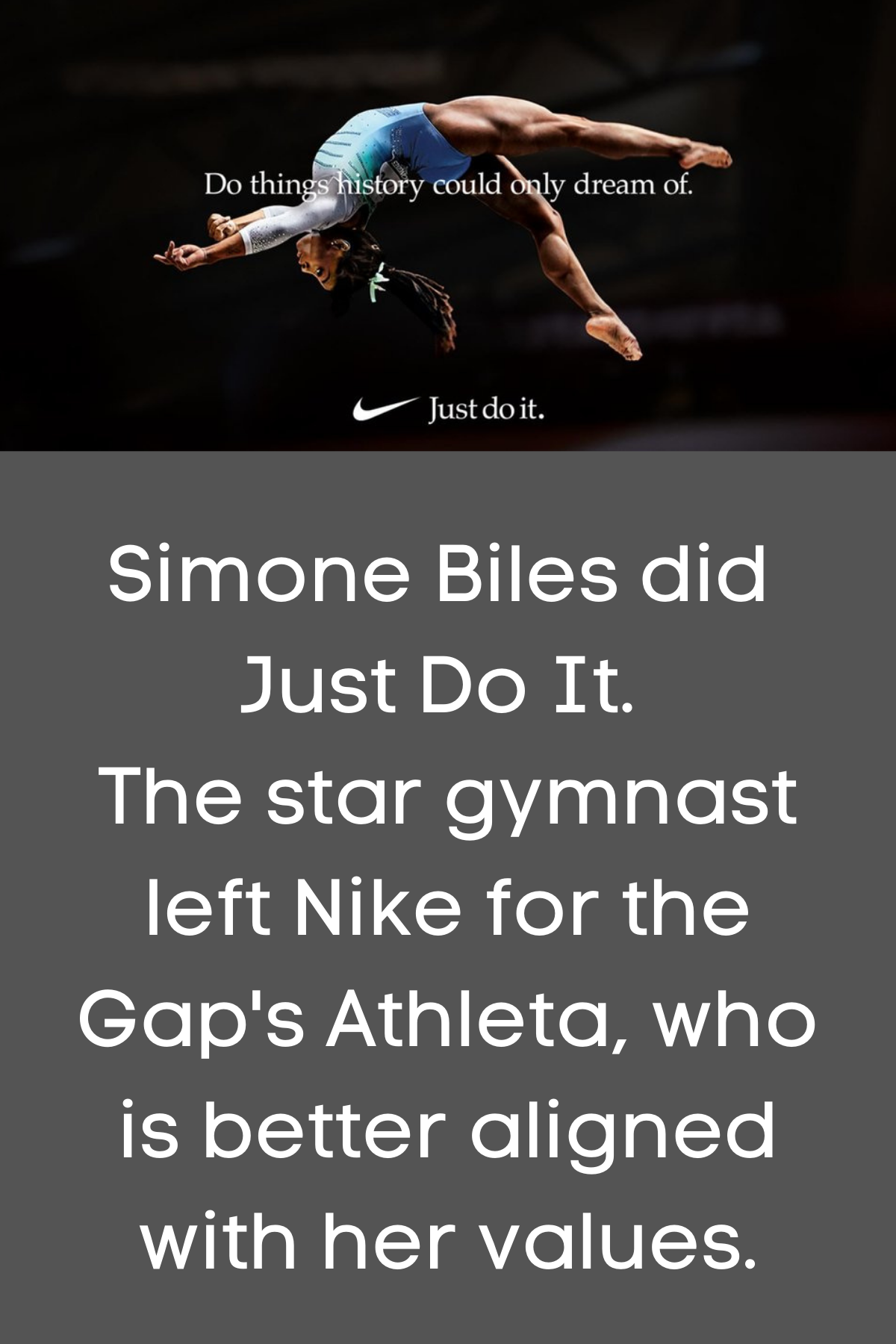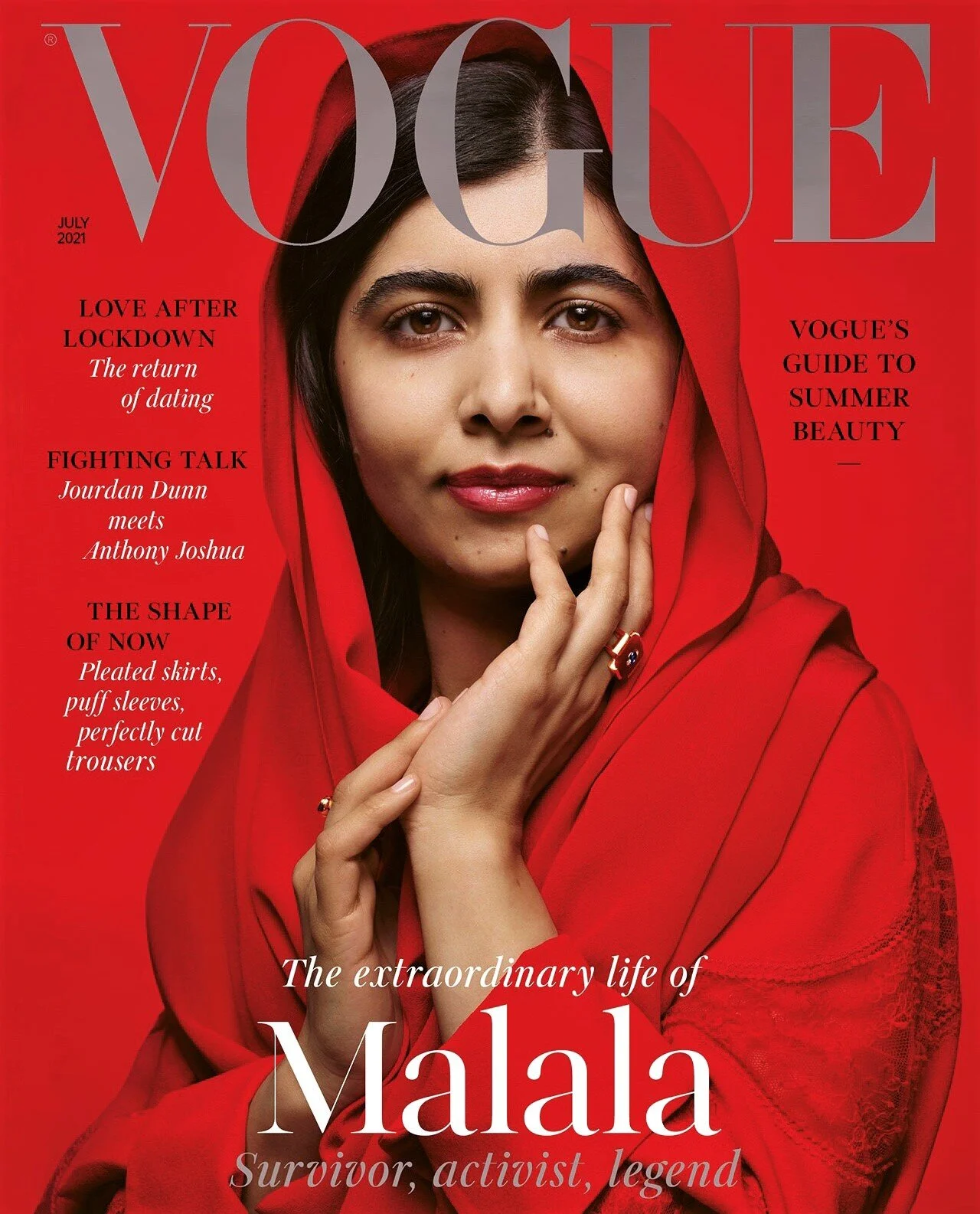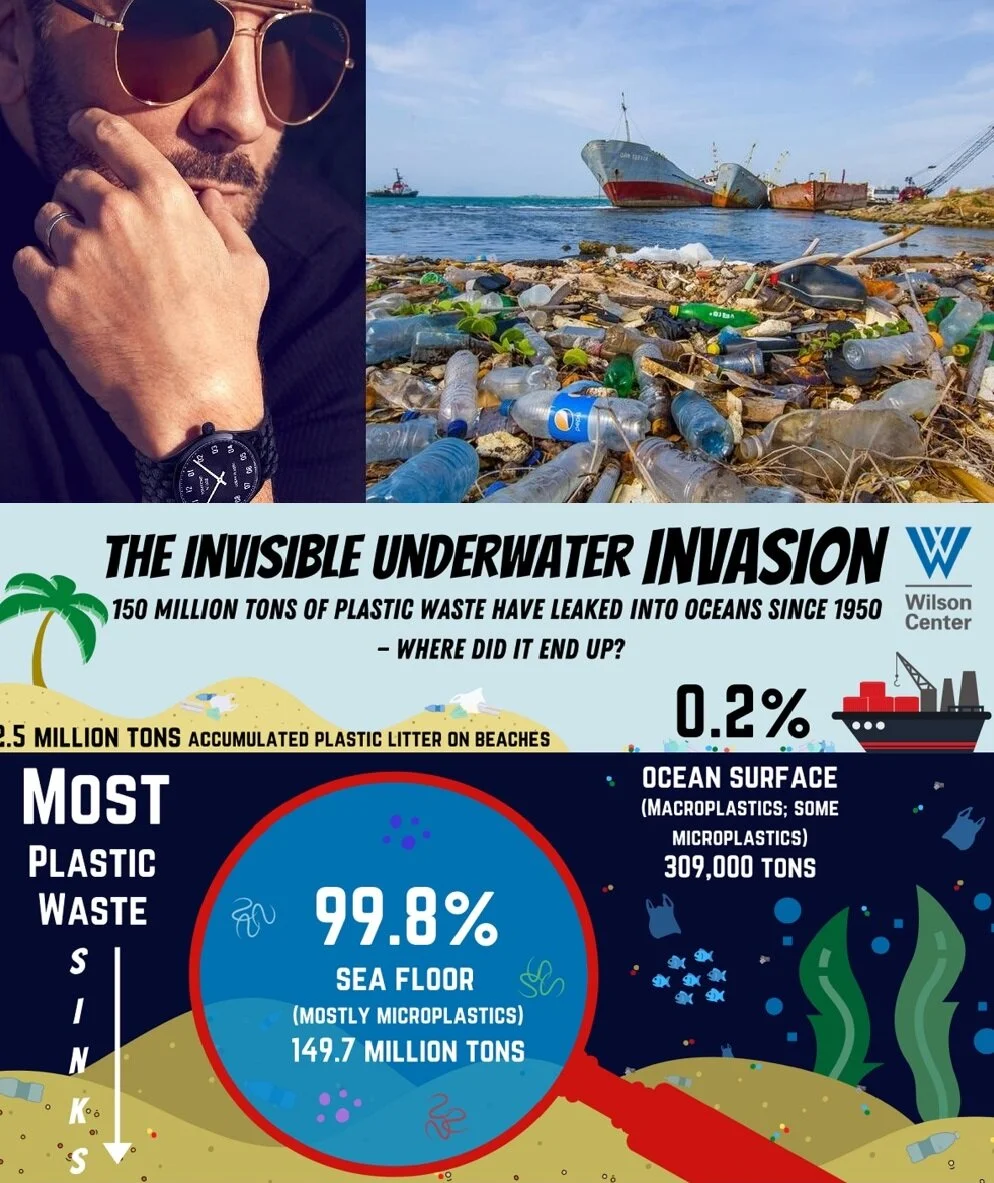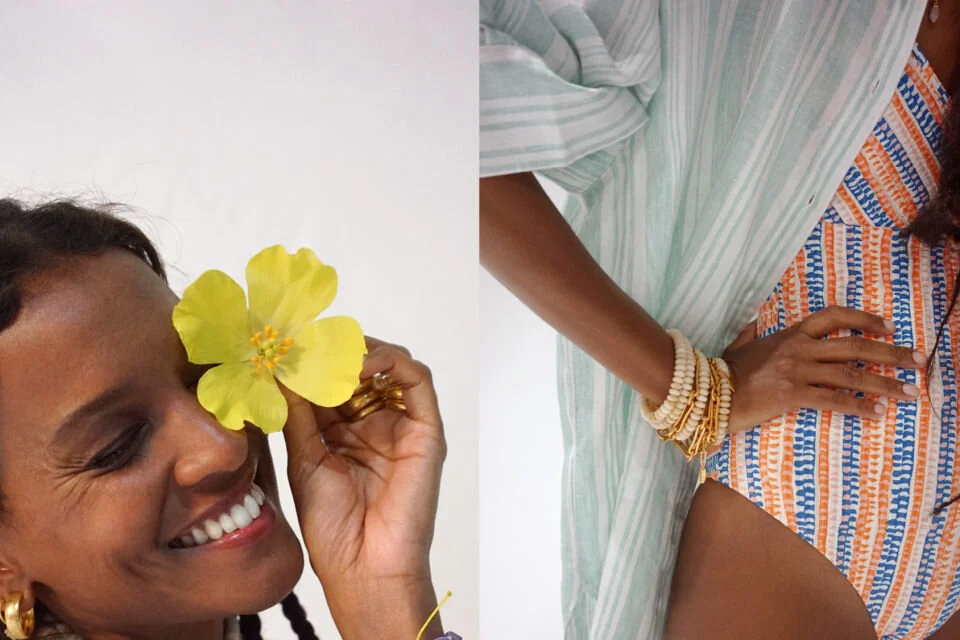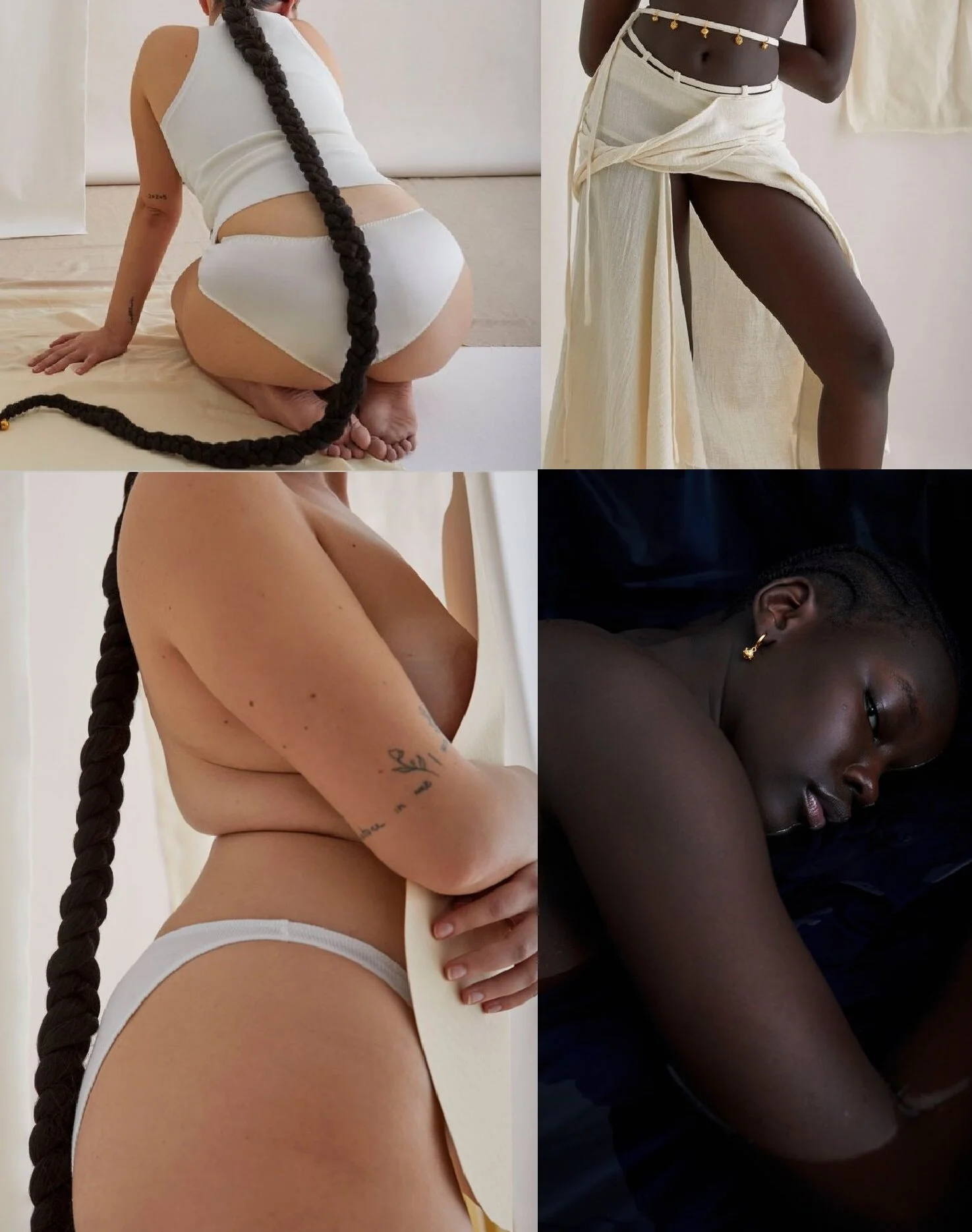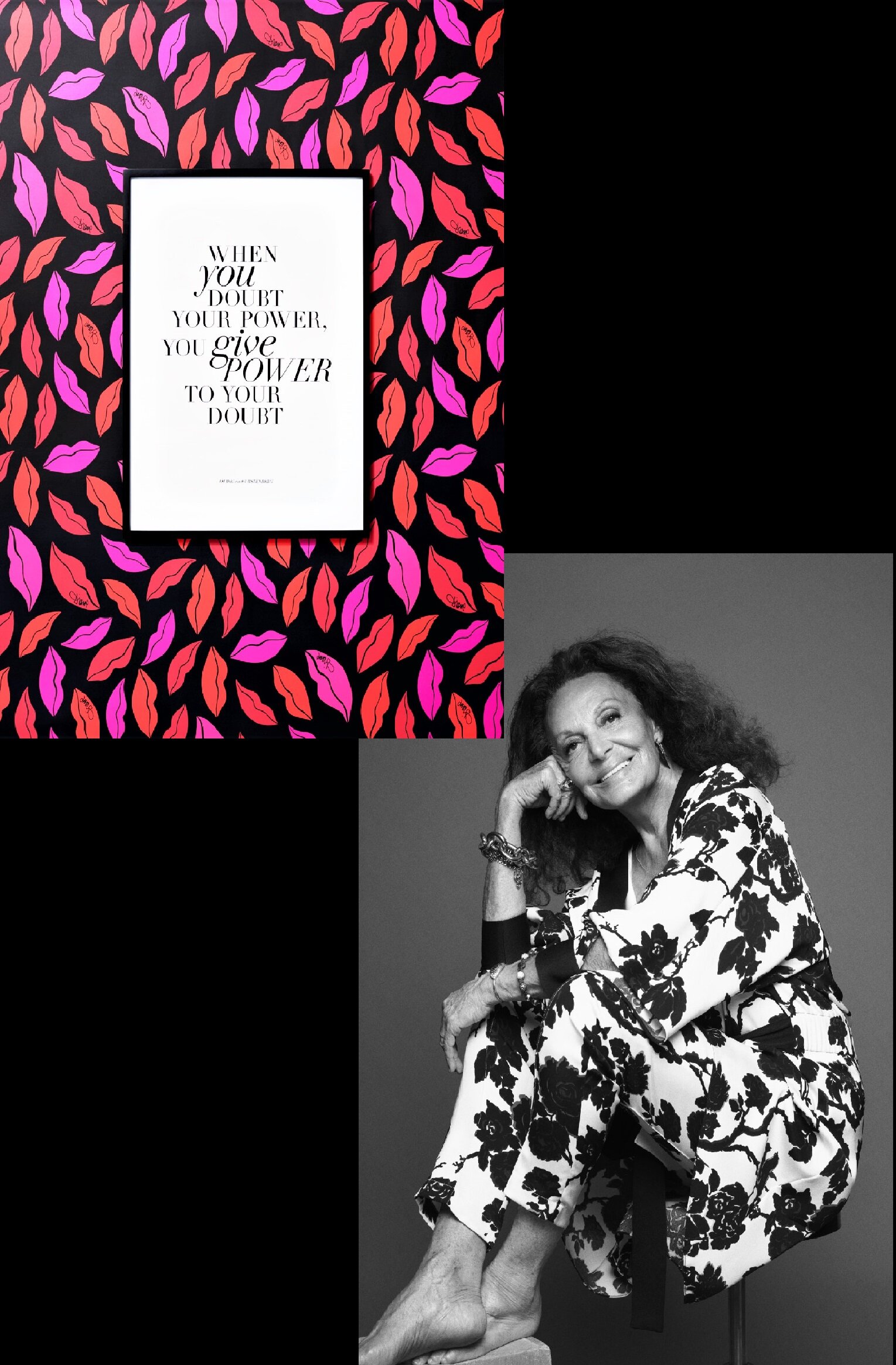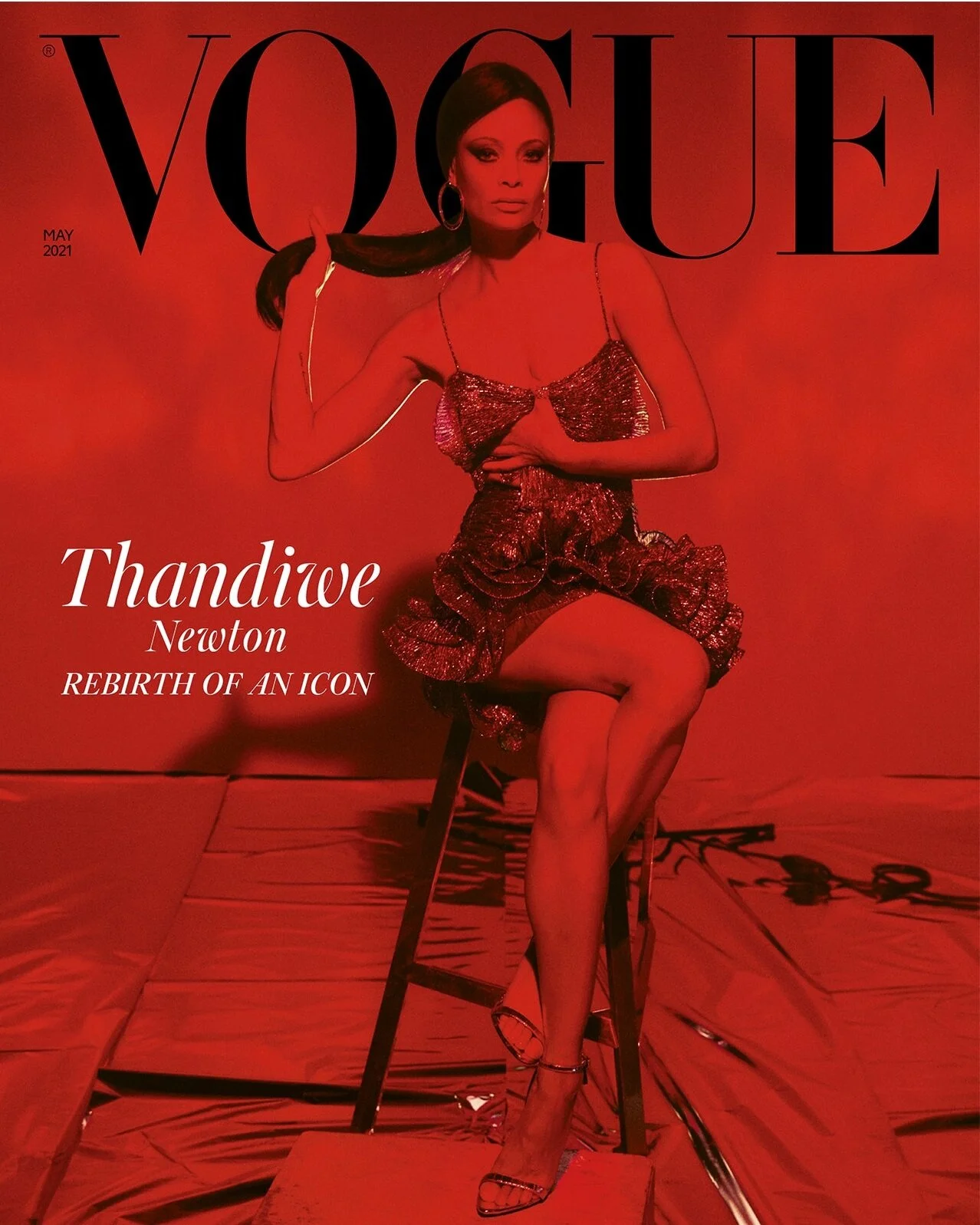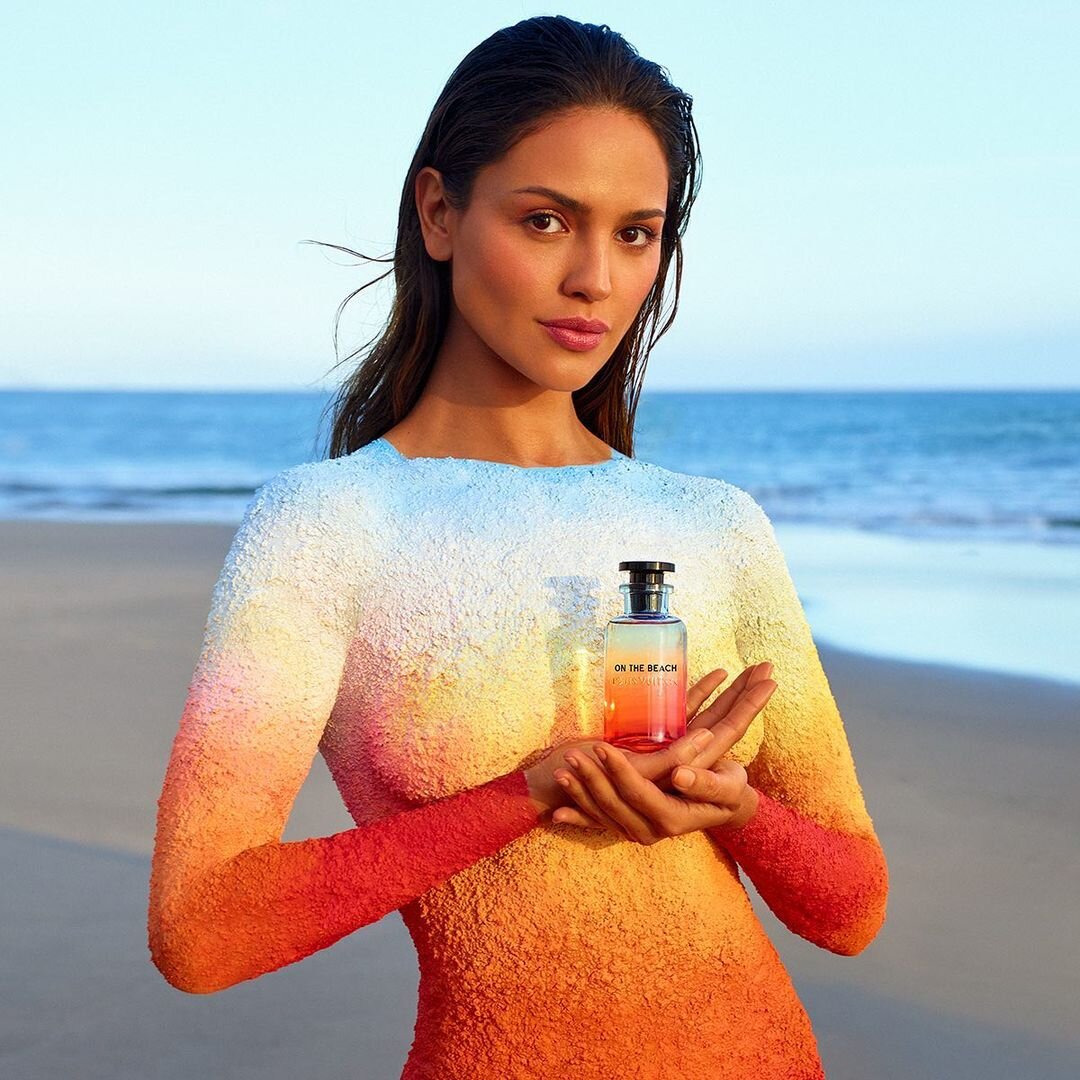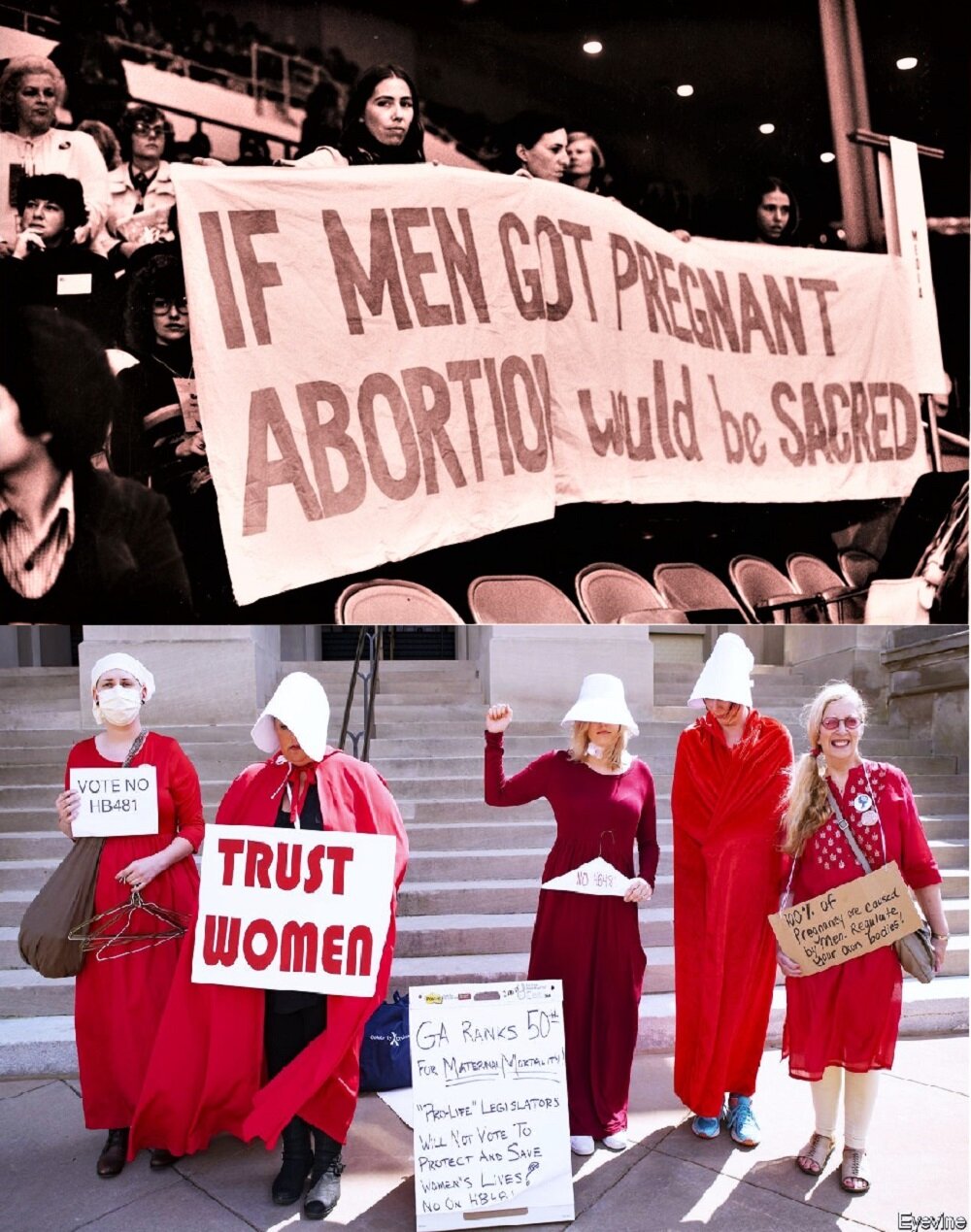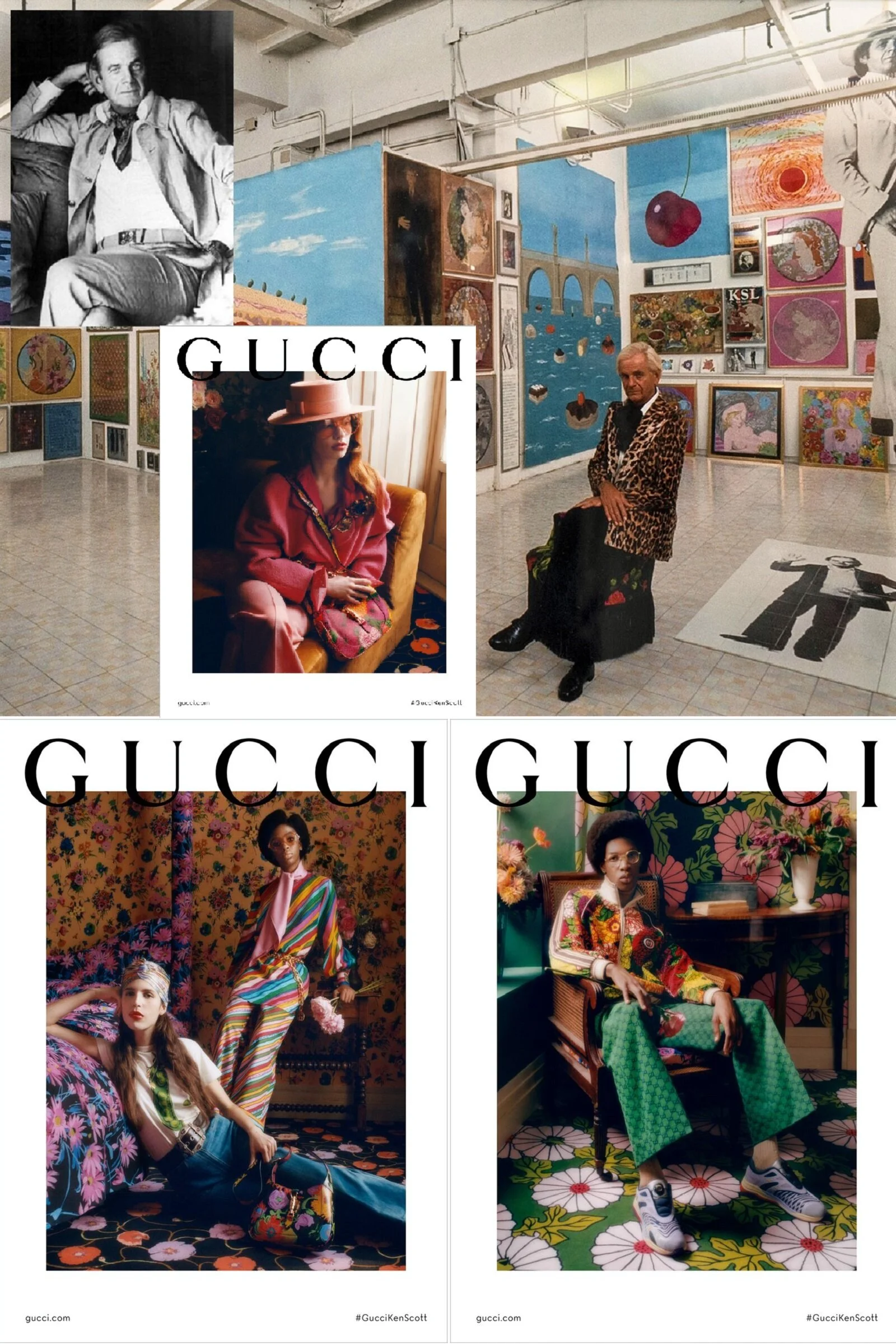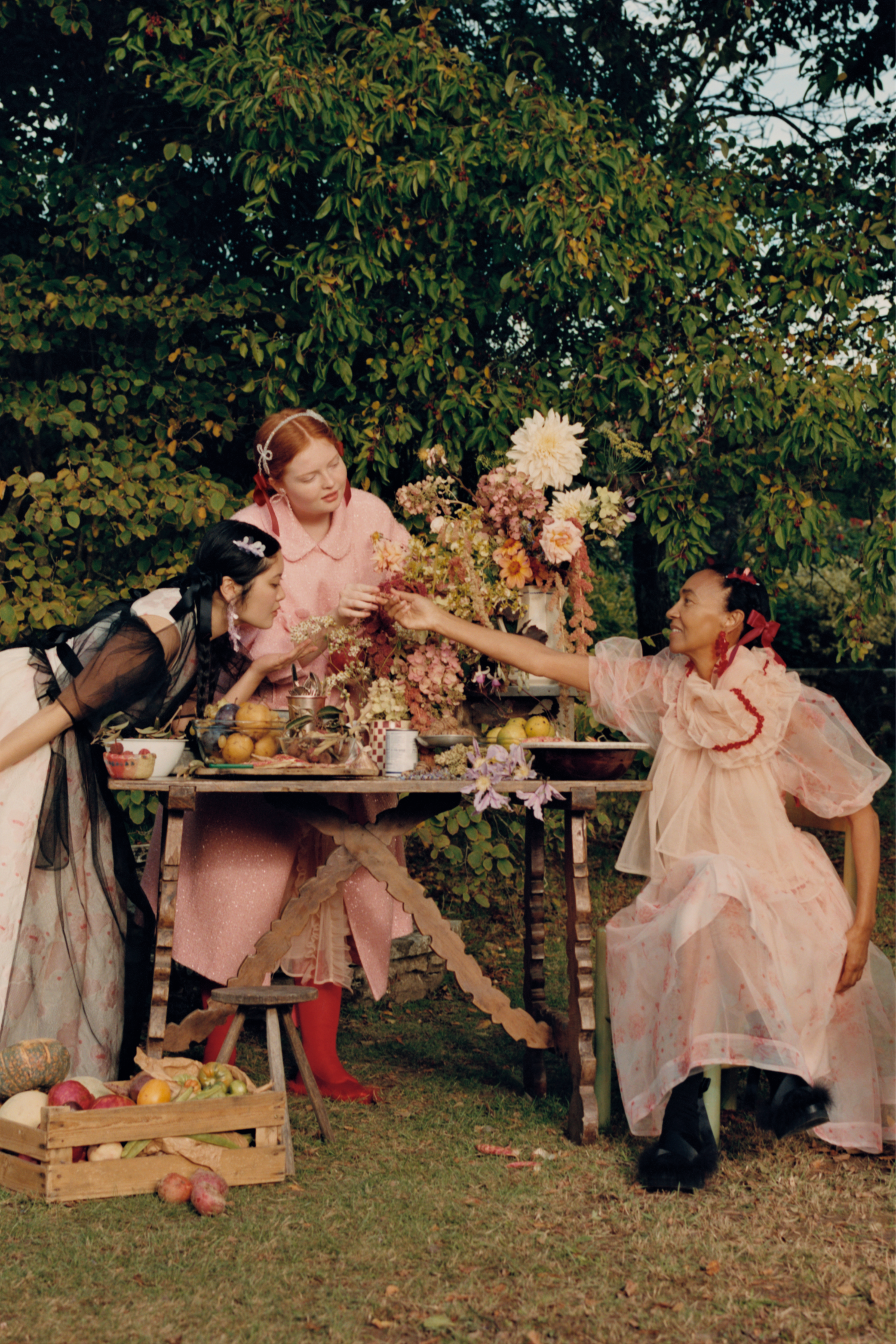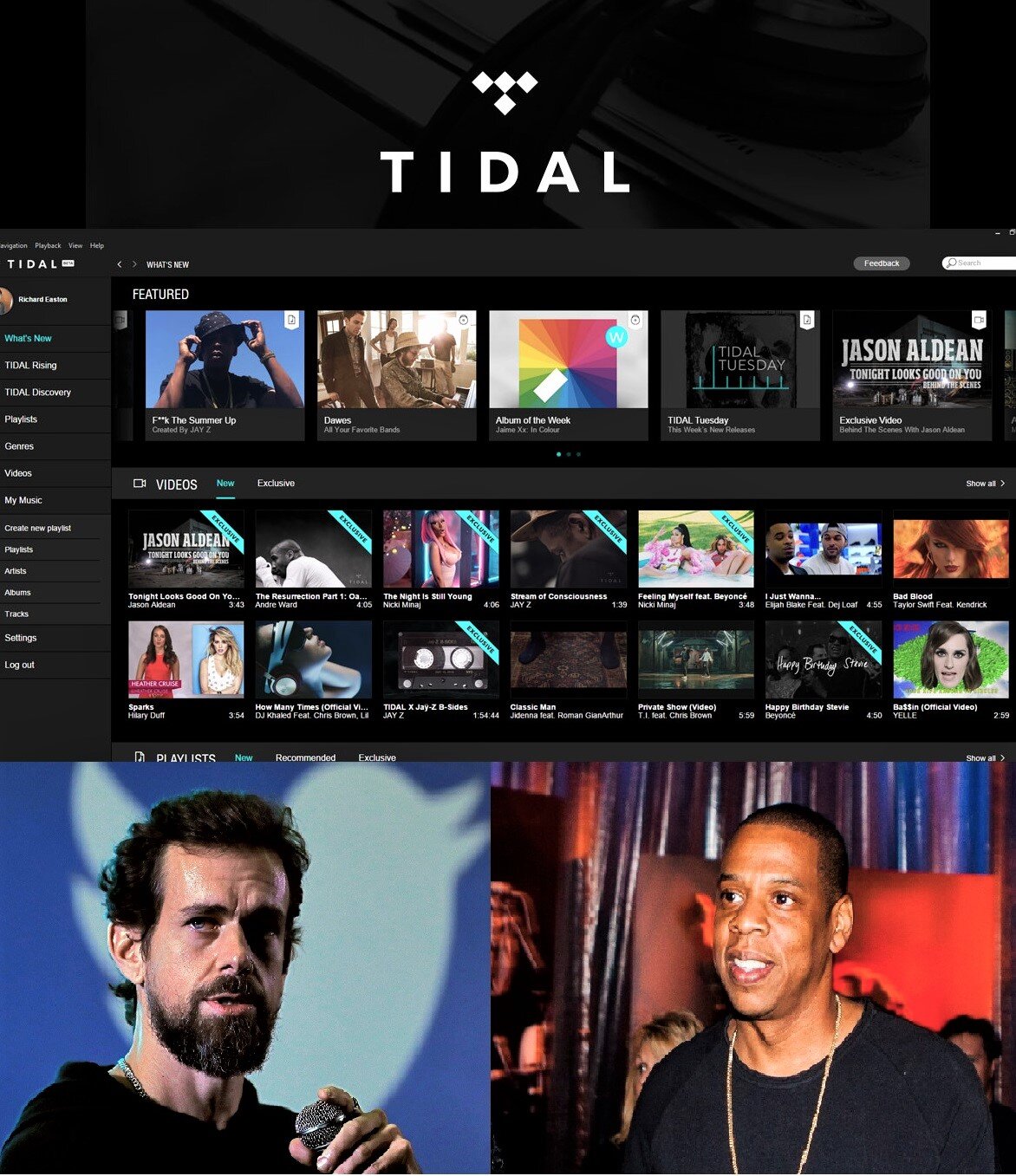American Vogue: Back to the 3Rs
/What’s Wrong With Vogue? NYTimes
If Anna Wintour actually published an early 90s picture of Nadia Auermann having sex with a swan, I was out of the country.
A quick Google Image search doesn’t deliver the goods, although I got quite an eyeful of other visual treats.
The process of writing these few words underscores a key point at the NYT: Vogue’s younger customer lives a digital life, with her self-image influenced by social networks and digital subcultures.
 I can’t image the Auermann swan pic in today’s Vogue, and yet our Feanne posts discrete, naked photos of sexy women, followed by shots of young felines … all over the Internet.
I can’t image the Auermann swan pic in today’s Vogue, and yet our Feanne posts discrete, naked photos of sexy women, followed by shots of young felines … all over the Internet.
Young women are their own directors today. Growing numbers of older women are also picking up the metaphorical camers.
We are not looking for Anne Wintour to direct our show … unless she truly understands what’s going on in our inner psyches. Unlike her creative director Grace Coddington, Anna Wintour seems not to have any grasp of the real trends in the American economy or American fashion.
I believe that Anne Wintour’s devoted to the Modern values point of view, one rapidly losing influence among American women.
As more women “come out” and “evolve” as stylish Cultural Creatives, casting off the image of crinkled cotton long skirts and birkenstocks, American Vogue editorial is totally out of sync for Cultural Creative women. Cathy Horyn writes:
The one word that grabbed my attention, as I read the whole article, is “obtuseness”, the opinion I’ve had with American Vogue for years. The “Reading” is brain-numbing.
I never sit down with the magazine, as I do Euro Vogues, or even BlackBook, assuming that I will read anything of relevance … as in “mind-stimulating”. That’s called good “(w)Rriting”.
A Return to Quality Writing
More women are turning to quality writing in a complex world. Busy lives aside, many women are done with bullet points and 10-point how-to lists. The world needs a more thoughtful approach to survive.
You can argue that I’m a tiny, irrelevant niche, or that I exist at the front end of a significant trend, led by more enlightened Cultural Creatives, with more complex social values agendas than Wintour’s. I don’t think that Wintour understands alpha girls, and we have many coming of age.
Their relationship with fashion and style is vastly different than we’ve seen. Their oohs and aahs should not be interpreted as a mindless embrace. These girls are driving their own life cars … and they reinforce each other’s journey.
Complicating matters, we are “Reading” and experiencing fashion online, not in print. ‘Save the planet’ and financial concerns will accelerate this trend. Little by little, we are moving to a paperless society, because digital is incorporated into our minute-by-minute lives.
“Reading” requires that we find the photos. Images are tough to control, although context still means a lot. Random photos are tough to pull together into a relevant message in our minds. (Update Oct. 18, 2010. Google Images and bloggers generally have vastly changed our exposure to fashion images. Most media and photographers deliver them directly to online journalists. The charges of online image thievery are much more nuanced now. )
Yet I know that I’ve got a good shot at finding new fashion editorial online, if I just organize myself. Between blogs and places like LiveJournal, it’s all there, leaving the business management challenges at Vogue and other mags very challenging. That’s “R” for arithmetic, called Revenue.
I have no idea how Vogue and print magazines generally should deal with this challenge, especially the digital one. They occupy my own mindset, here at Anne of Carversville. My solve is much easier.
What I do know is that the online opportunities for thoughtful content are growing, and probably exponentially. Men and technology defined the early years of the Internet. Women are defining the future of the medium. We’re splitting into two significantly different groups — the Modern and the Cultural Creatives — and we mirror the income and age demographics of American society.
I do believe that some of Wintour’s answer lies in understanding this reality, especially the educated, professional Cultural Creative women, who love design and style — now named Smart Sensuality women by me.
Some improvements are obvious.
Wintour can look for the overlaps between the two groups and adapt her editorial voice away from the “charms” of Target and Wal-Mart. For both camps, that’s just stupid.
Longer-term, she has a complex assignment and the opportunity to show us that behind those dark glasses is a woman truly in touch with changing American reality and the mindsets of distinctively different groups of American women who like fashion. In all honesty, I’m not optimistic. Anne
New York Times Bets Against Anna Wintour, American Vogue: Jezebel
1. From my perspective, Cathy Horyn did not “savage” Vogue. I’ve read Cathy Horn truly “savage” someone, and trust me, this was not a proper “Horyn savaging” moment.
2. Commenting on the same article, I believe that Horyn placed the Vogue problem within a larger context: not understanding today’s younger women. I added the Modern vs. Cultural Creative dimension.
Then Horyn ends what I perceived to be an intelligent discussion (how boring for Jezebel, rather than a Wintour “savaging”, with this quote: But there is something more in Ms. Wintour’s background that makes it hard to replace her, though, inevitably, it will happen. “In newspaper terms, she is old news — the Nuclear Wintour story,” Mr. Roberts said wearily. Editors of Ms. Wintour’s generation, like the designers they champion and the photographers they protect, have a depth of knowledge not easily reproduced. Mr. Roberts said: “I’ve never seen anything from Carine that astonishes me the way that I have in American Vogue. I’ve seen kinky, sexy but not astonishing. But I did see astonishing in Vogue when Anna published a picture of Nadia Auermann having sex with a swan.” He was referring to the Helmut Newton picture from the early ’90s. That kind of subversion made American Vogue really curring edge, Mr. Roberts said.He’s never been replaced.”
Sorry for all the quotations, but when people can’t agree on what was actually said, it’s best to go back to the original source.
3. Jezebel found the Nadia Auermann having sex with a swan photo. Good work, Jezebel.
Anne



